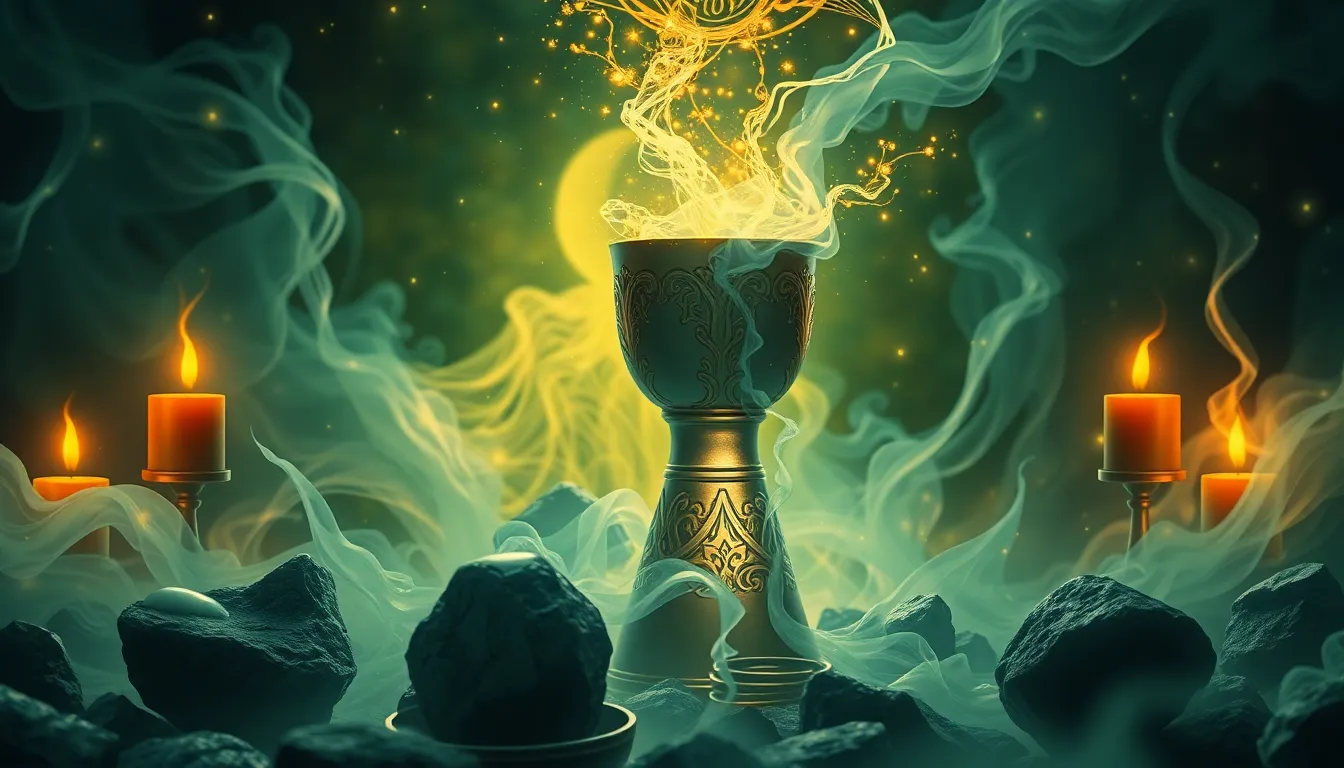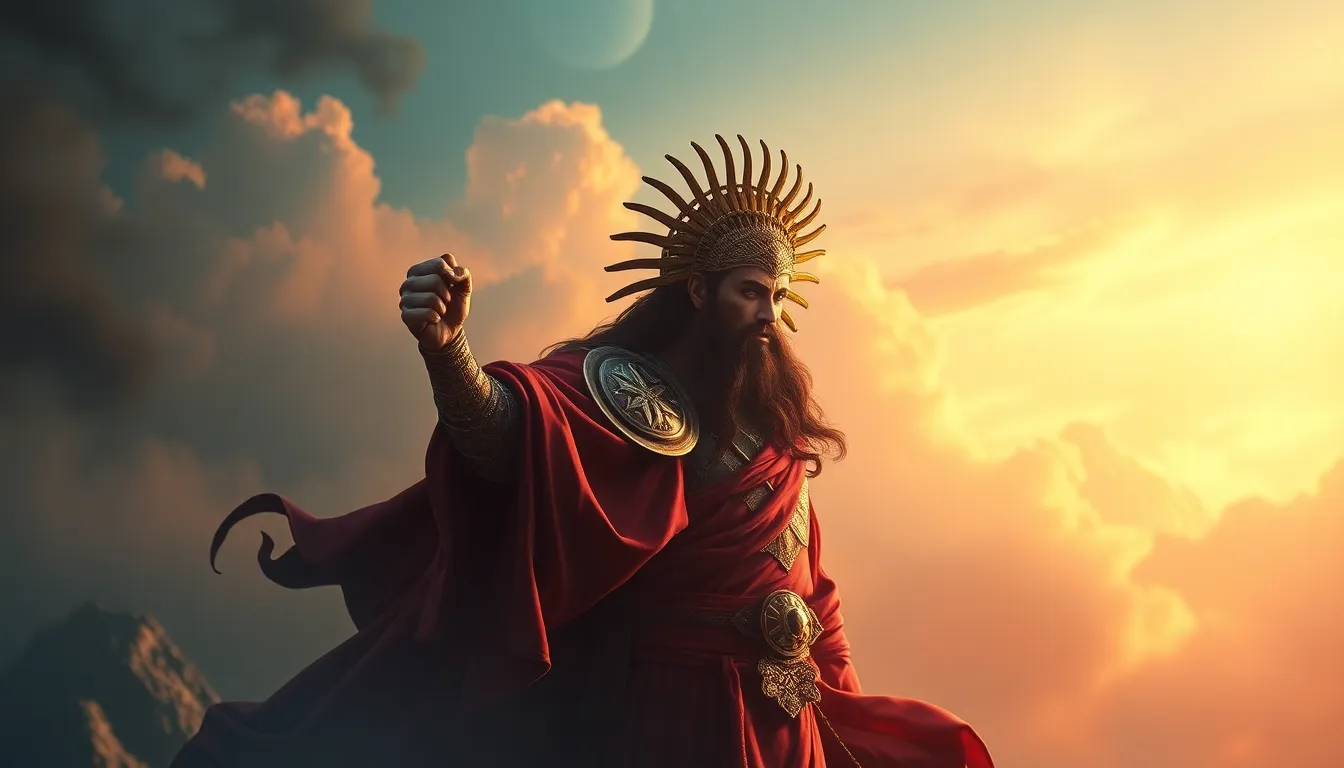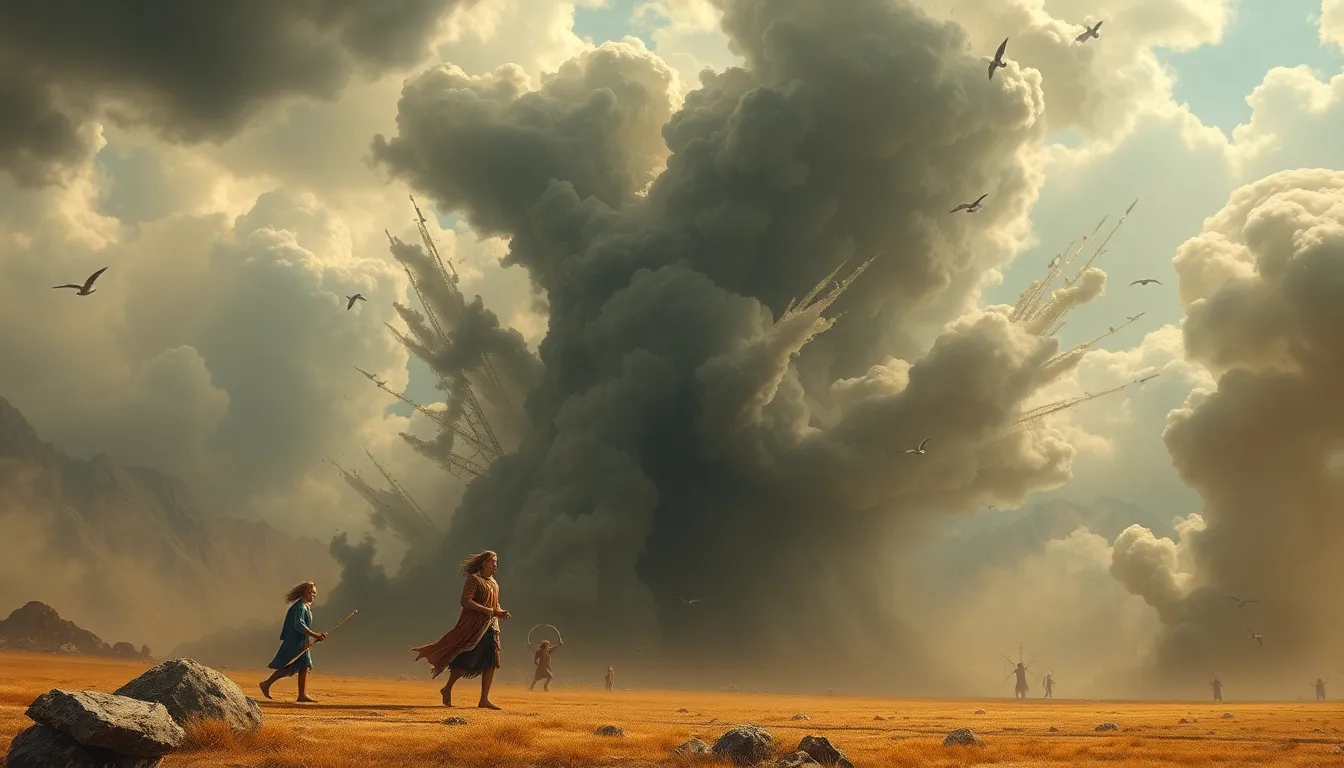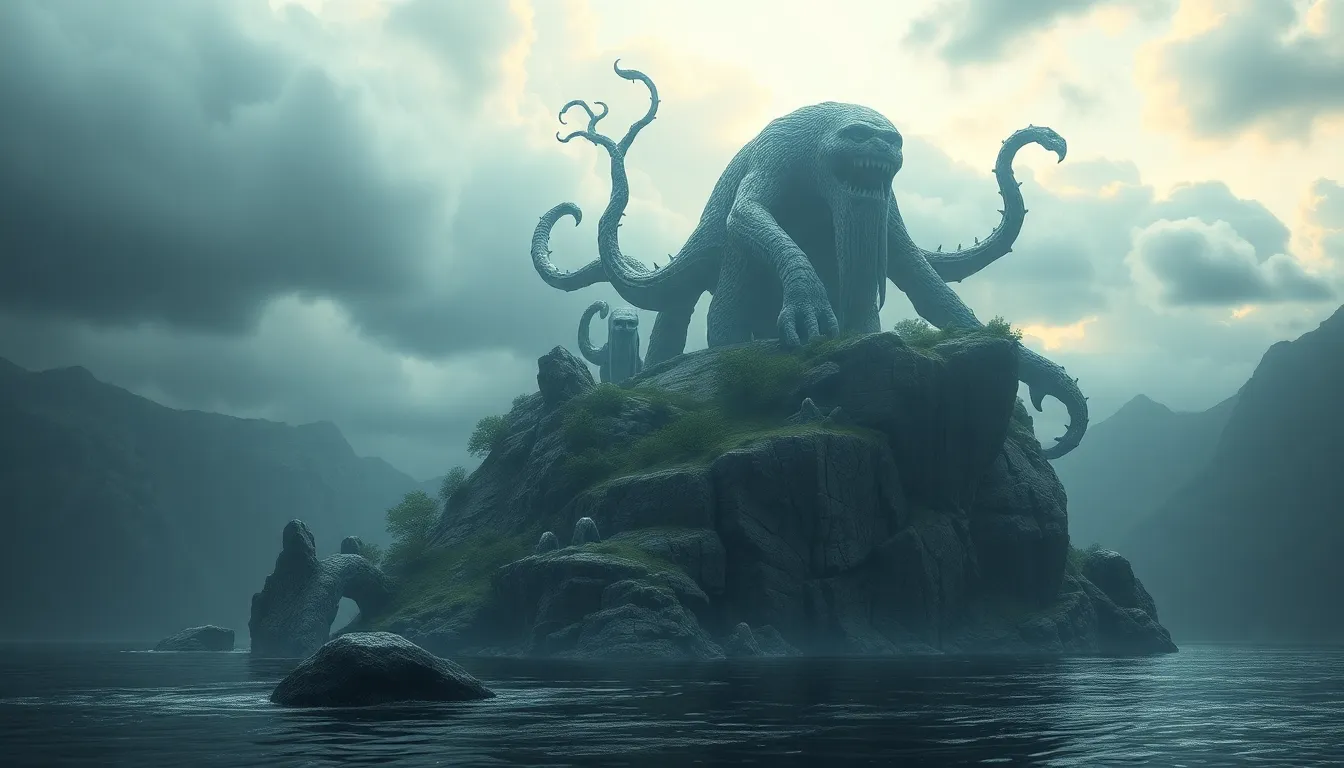The Chalice of Destiny: Drinking from Fate’s Cup
I. Introduction
The metaphorical significance of the Chalice of Destiny resonates deeply within the human experience, representing the delicate balance between choice and fate. This chalice serves as a powerful symbol, inviting individuals to contemplate their paths and the forces that shape their lives.
Throughout history, various cultures and philosophies have grappled with the concept of fate. From ancient mythologies to modern existential thought, the nature of destiny has been a subject of intense exploration. This article aims to delve into the multifaceted interpretations of fate, examining its historical context, psychological implications, and its representation in literature, spirituality, and popular culture.
II. Historical Context of Fate and Destiny
A. Ancient civilizations and their interpretations of fate
Fate has been a cornerstone of human understanding since ancient times, with civilizations developing rich narratives around its concept:
- Greek mythology: The Moirai, or the Fates, were three sisters who determined the life span and destiny of individuals. Clotho spun the thread of life, Lachesis measured it, and Atropos cut it, symbolizing the inescapability of fate.
- Norse beliefs: The Norns, akin to the Moirai, wove the threads of fate for gods and men alike. Their influence highlighted the interconnectedness of all beings and their destinies.
B. The evolution of the concept of destiny through the ages
As societies evolved, so did their interpretations of destiny. Philosophers like Aristotle and Plato contributed to the discourse, debating the extent of free will versus predetermined paths. The Renaissance brought forth a renewed interest in human agency, while the Enlightenment emphasized rational thought, further complicating the narrative of fate.
C. The Chalice as a symbol in historical texts and artifacts
The chalice has appeared in various historical texts and artifacts, often symbolizing the divine or sacred choices faced by individuals. From ancient rituals to medieval literature, the chalice became a vessel representing the acceptance of fate and the choices one must confront.
III. The Chalice as a Symbol of Choice
A. The interplay between free will and predetermined paths
The Chalice of Destiny embodies the eternal struggle between free will and fate. It asks us whether we are mere puppets of destiny or active participants in crafting our paths.
B. How the act of “drinking” symbolizes acceptance of one’s fate
Drinking from the chalice symbolizes a deep acceptance of one’s circumstances. It represents the acknowledgment of the choices made and the paths taken, regardless of the outcome.
C. Literary and artistic representations of the Chalice of Destiny
Throughout literature and art, the chalice has been portrayed in various ways:
- Literature: In works like “The Once and Future King,” the chalice serves as a metaphor for the burdens of leadership and destiny.
- Art: Artists have depicted the chalice in biblical contexts, portraying it as a symbol of sacrifice and divine will.
IV. The Psychological Impact of Accepting Fate
A. The role of acceptance in mental well-being
Embracing fate can lead to significant psychological benefits. Acceptance allows individuals to let go of the anxiety associated with the uncontrollable aspects of life, fostering resilience and peace.
B. Case studies: Individuals who embraced their destinies
Numerous individuals have found strength in accepting their fates, leading them to remarkable personal transformations. From historical figures who embraced their roles in society to everyday people who faced adversity, their stories highlight the power of acceptance.
C. The balance between destiny and personal agency
Finding a balance between recognizing fate and exercising personal agency is crucial. While certain aspects of life may be predetermined, individuals still have the power to make choices that shape their experiences.
V. The Chalice in Mythology and Folklore
A. Notable myths involving chalices, cups, or vessels of fate
Many myths feature chalices or vessels that embody fate. For example, the Holy Grail is often seen as a symbol of divine grace and the quest for meaning, representing the ultimate realization of one’s destiny.
B. Comparative analysis of different cultural interpretations
Across cultures, the chalice has taken on various meanings:
- In Celtic mythology, the cauldron symbolizes abundance and the mysteries of life.
- In Hinduism, the cup represents the divine nectar of immortality, signifying the eternal cycle of life and death.
C. Lessons learned from these narratives
These myths often impart valuable lessons about the nature of existence, teaching us that the journey toward understanding one’s fate is as important as the destination itself.
VI. The Chalice of Destiny in Modern Literature
A. Key works that explore themes of destiny and choice
Modern literature continues to explore the themes of destiny and choice, often employing the chalice metaphor:
- Books like “The Alchemist” by Paulo Coelho delve into the idea of pursuing one’s personal legend and the choices that shape our destinies.
- In “The Road,” Cormac McCarthy examines the struggle between hope and despair, reflecting on the paths we choose amidst a predetermined world.
B. Analysis of character arcs that revolve around the Chalice metaphor
Characters who grapple with their destinies often experience profound transformations, learning to embrace their paths despite the challenges they face.
C. The relevance of these themes in contemporary storytelling
As society grapples with issues of autonomy and fate, the chalice metaphor remains relevant, inviting modern audiences to reflect on their own choices and destinies.
VII. The Chalice in Spirituality and Religion
A. The concept of divine will and human action in various faiths
Many religions explore the tension between divine will and human agency. The chalice often serves as a reminder of the sacred choices intertwined with spiritual beliefs.
B. Rituals and practices involving chalices or cups in spiritual contexts
Chalices play a significant role in various rituals:
- In Christianity, the cup symbolizes communion and the acceptance of Christ’s sacrifice.
- In Wicca, the chalice represents the feminine divine and the nurturing aspect of nature.
C. Personal testimonies on how spirituality shapes one’s understanding of destiny
Many individuals find that their spiritual practices help them navigate their destinies, providing clarity and purpose in times of uncertainty.
VIII. The Chalice of Destiny in Popular Culture
A. Films, TV shows, and games that incorporate the concept
Popular culture frequently reflects the themes of the Chalice of Destiny:
- Films like “The Matrix” explore choices and predetermined paths, inviting viewers to question their reality.
- Video games like “Final Fantasy” often incorporate chalice motifs, symbolizing character growth and the acceptance of fate.
B. The influence of this symbolism on audience perceptions of fate
The chalice’s symbolism in these narratives shapes how audiences perceive themes of choice and destiny, fostering deeper reflections on their own lives.
C. Future trends in storytelling involving the Chalice motif
As storytelling evolves, the Chalice of Destiny will likely continue to inspire narratives that explore human agency and the complexities of fate.
IX. Philosophical Reflections on Drinking from Fate’s Cup
In contemplating the act of drinking from the Chalice of Destiny, one is invited to reflect on profound philosophical questions:
- What does it mean to accept one’s fate?
- How does the interplay between choice and destiny shape our understanding of life?
- Can we truly change our paths, or are we bound by the threads of fate?
Ultimately, the Chalice of Destiny serves as a powerful reminder of the intricate tapestry of life, woven from threads of choice, fate, and acceptance. By embracing the chalice, we embark on a journey toward understanding our place in the universe, one sip at a time.




